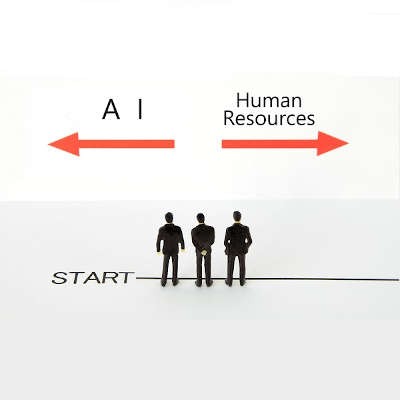Directive Blogs
Automation Challenging Longstanding HR Norms
Human resources are a part of almost any business. That is because there are a lot of Is to dot and Ts to cross in any business. Some HR departments are better than others, but typically the HR department deals with most of the elements of the business that deal with, you guessed it, the human resources (employees). Today, the HR landscape is changing as businesses are now looking to automation to handle much of the heavy lifting.
Outsourcing HR
The human resources department, like any other job that is difficult to track, has been under fire. Traditionally, they handle seven core functions in a business. They are:
- Recruitment
- Payroll Administration
- Benefits Administration
- Training and Professional Development
- Performance Reviews
- Labor Relations
- Managing Compliance
Over the past several years, the company human resources department, especially at small and medium-sized businesses, has been outsourced to vendors that can help the business reduce costs by replacing a dedicated HR staff with a whole team of HR professionals. This service uses software as the intermediary between the business and their HR professionals.
The Relationship Between Automation and HR
Technology changes things. Does it make it better? That’s a matter of opinion, but for the business owner, it can work quickly to reduce overhead costs, making it advantageous. The benefits of automating HR tasks is the same as automating any other part of your business. It allows for a reduction of human work, which reduces business costs and improves efficiency. Some benefits of HR automation include:
- Reduced employee turnover through improved employee engagement
- Reduced storage and printing costs
- Improved risk management and properly managed compliance
- Improved document management
- Enhanced business decision making with comprehensive reports
- Optimized business growth through efficient onboarding
Of course, there are many software titles that work to help build a more productive and efficient business, but the act of automating human resources is taking humanity out of it. Most HR automation platforms are moving away from traditional HR administration and moving to something called human capital management.
What is Human Capital Management?
Human capital management is a strategy that encourages business owners and managers to look at their staff as they would look at any other asset they have. The core thesis behind the strategy is: since the goal of most businesses is to get their human staff to work as effectively and efficiently as possible, spending time on the individual needs and motivations of workers is not going to help the bottom line. Human capital management looks for metrics that can be quantifiable and strategically improved upon, that’s all. It doesn’t matter how people feel or what is going on in their lives. None of that is the business’ responsibility. It basically aims to change an organization’s view of their workforce from a commodity to an investment.
What Strategy Is Best for Your Business?
There are multiple ways that automation can be implemented in the HR/HCM process, but depending on your staff, the strategy that is used will make all the difference. Basing your business’ HR decisions solely on inhuman productivity metrics may actually have the opposite effect than you may expect.
HR is always a balancing act. If you would like to talk about technology for your business reach out to us at 607-433-2200 today.



Comments